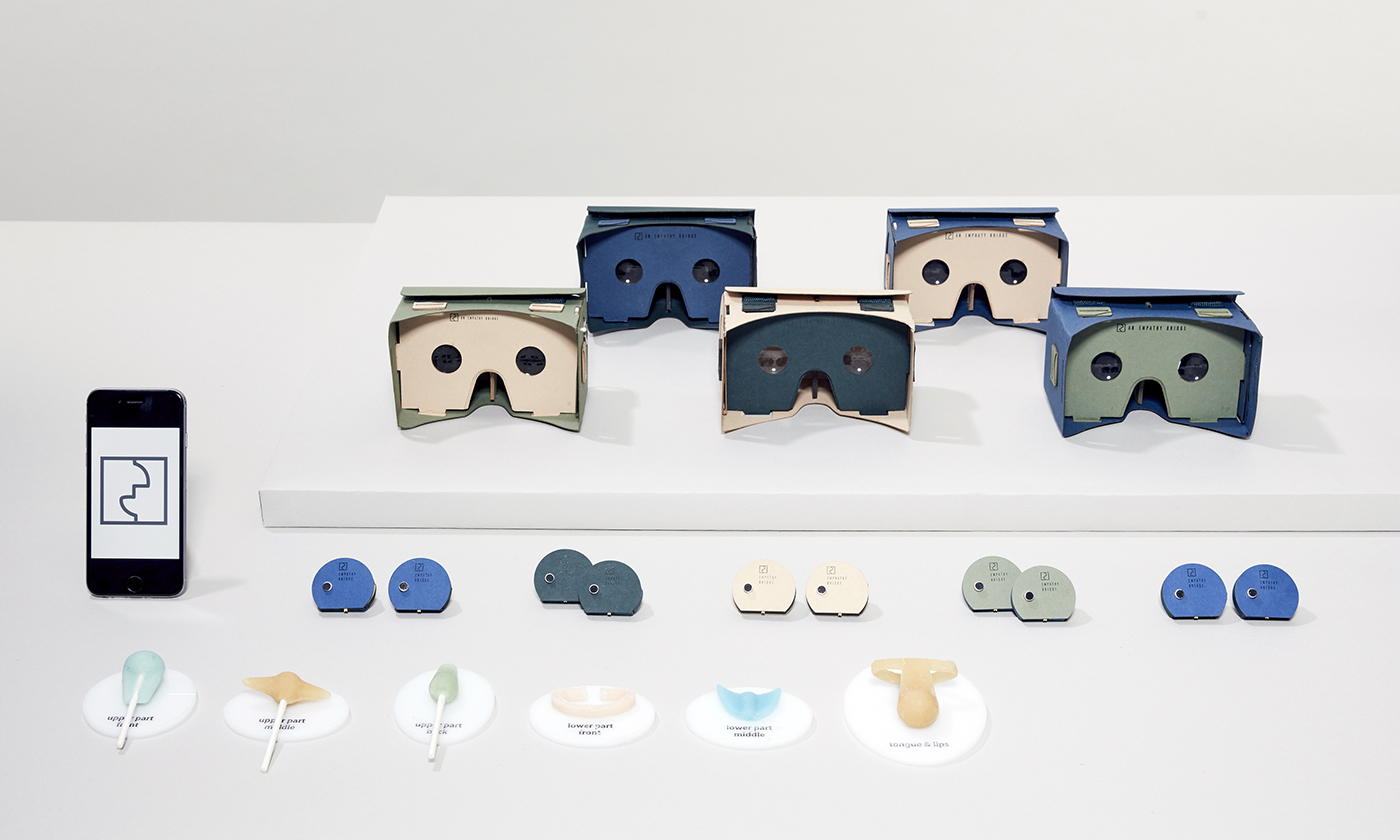In an era where technology is reshaping every aspect of our lives, the potential of virtual reality (VR) to enhance empathy and human connection stands out as one of the most exciting and transformative frontiers. From creating immersive worlds to providing experiences that transcend geographical and cultural barriers, VR has the capability to revolutionize how we understand and relate to one another. But can it truly foster deeper empathy and human connection, or is it merely a novel tool for entertainment?
In this article, we’ll explore how VR might fundamentally change the way we experience the world around us and build more profound, meaningful relationships.
The Current State of Human Connection
Before diving into how VR might change empathy, it’s important to understand the current state of human connection. Technology has long played a role in how we communicate, with the internet and social media allowing us to interact with people across the globe. Yet, despite the vast reach of digital communication, a sense of isolation and loneliness has become increasingly prevalent.
Surveys consistently show that people feel more disconnected than ever. According to a report by the National Institute on Aging, approximately 43% of adults aged 60 and older report feeling lonely. While the internet allows for easy communication, it often leads to shallow interactions, exacerbating feelings of isolation rather than alleviating them.
What’s missing from online interactions is the emotional depth and authenticity that face-to-face interactions offer. This gap is where virtual reality has the potential to make a transformative impact.
What is Virtual Reality?
Virtual reality is a technology that uses immersive computer-generated environments to simulate real or imagined spaces. Unlike traditional 2D screens, VR surrounds users with 3D visuals, sounds, and sometimes even tactile feedback. Using specialized hardware like VR headsets, haptic gloves, and motion trackers, users are able to interact with these virtual worlds in a way that mimics real-life experiences.
While VR has traditionally been used in gaming and entertainment, its applications have grown to include areas like education, healthcare, therapy, and more. VR allows people to be “transported” to new environments, interact with virtual objects and characters, and experience situations they might not encounter in their daily lives.
Empathy: The Foundation of Human Connection
Empathy is the ability to understand and share the feelings of another person. It’s the emotional glue that binds humans together and is fundamental to building relationships, fostering compassion, and resolving conflicts. However, empathy is not something that can be easily cultivated, especially in a world that is increasingly fragmented by distance, culture, and technology.

Psychologist Daniel Goleman, a leading expert in emotional intelligence, has argued that empathy is one of the most essential skills in today’s society. In a world where we’re often polarized by differing opinions and backgrounds, empathy provides the common ground on which we can build understanding.
But how do we increase empathy in a world where face-to-face interactions are becoming less frequent? This is where virtual reality comes in.
How VR Enhances Empathy
VR can allow individuals to step into the shoes of others, providing a first-person experience of situations and perspectives they might otherwise never encounter. This immersive experience can lead to a deeper emotional understanding of what others are going through, helping to break down stereotypes, reduce biases, and foster more compassionate interactions.
- Experiencing the Other Side: VR for Social Awareness
VR has been used in social justice and awareness campaigns to give people the opportunity to experience life from the perspective of marginalized or disadvantaged groups. For instance, a project called “The 360° Experience” allows users to experience what it’s like to be a refugee fleeing war and oppression. In this VR experience, users see the world through the eyes of a refugee, gaining insight into their challenges, fears, and hopes.
Another powerful example is “The Machine to Be Another,” a VR project that allows people to experience life through the body of someone from a different gender, race, or culture. These kinds of experiences are incredibly effective at breaking down barriers of ignorance and helping people to empathize with the struggles and triumphs of others.
- Empathy Through Shared Experience: VR for Emotional Immersion
VR is also being used to create deeply emotional experiences that can help users connect with the feelings of others. In therapeutic settings, VR has been employed to help individuals confront difficult emotions such as grief, trauma, or anxiety. One example is the use of VR in therapy for post-traumatic stress disorder (PTSD), where veterans can confront their traumatic memories in a safe, controlled environment. This allows them to process emotions in a way that might not be possible through traditional methods.
By immersing individuals in situations that evoke strong emotional responses, VR has the power to create a visceral sense of empathy. Users don’t just hear about a person’s experience; they feel it.
- VR and Cognitive Empathy: Understanding Different Points of View
Cognitive empathy involves understanding someone’s perspective or mental state. VR has the potential to enhance cognitive empathy by giving users the ability to “live” different perspectives. For example, VR programs designed for social skills training can simulate different social scenarios, helping individuals with autism or other social challenges to practice understanding social cues, facial expressions, and body language.
By stepping into the world of another person, users can gain a deeper understanding of how others think and feel in different situations. This kind of experience helps to build a bridge between different worldviews, facilitating more meaningful communication and interaction.
The Challenges of VR Empathy
While the potential for VR to foster empathy is immense, there are challenges that need to be addressed for VR to be truly transformative in this area.
- Over-saturation and Desensitization
One concern with using VR to evoke empathy is that repeated exposure to emotionally charged content could lead to desensitization. If users are constantly exposed to traumatic or distressing experiences through VR, they might become numb to the emotions these experiences are meant to evoke.
To avoid this, it’s essential that VR experiences be thoughtfully designed to ensure that they elicit genuine empathy rather than simply serving as a tool for shock value. The creators of these experiences need to consider the long-term emotional impact on users and avoid using VR as a mere novelty or entertainment device.
- Lack of Real-World Application
Another challenge is ensuring that the empathy gained through VR translates into real-world behavior. While VR can create powerful emotional experiences, the ability to apply this empathy in everyday life depends on the individual’s willingness to act on the insights gained through VR.
This is especially important in areas like social justice and mental health, where the goal is not just to evoke sympathy, but to inspire action. For VR to truly revolutionize human connection, it must be integrated into real-world initiatives that encourage users to engage with their communities, support causes, and contribute to positive change.
- Accessibility and Equity
VR technology is still relatively expensive, and the hardware required to fully experience it is not yet widely accessible. This creates a barrier to widespread use, especially in marginalized communities that could benefit the most from empathy-building experiences. For VR to have a truly transformative impact, it must be made accessible to everyone, regardless of income or location.
The Future of VR and Empathy
Despite these challenges, the future of VR in fostering empathy and human connection is promising. As the technology continues to evolve, it’s likely that VR experiences will become even more realistic, immersive, and emotionally compelling. With advancements in AI and machine learning, VR could even create personalized empathy experiences that adapt to the user’s emotional state, making these experiences even more impactful.
Moreover, as VR becomes more integrated into social and professional settings, it could bridge the gap between people from different backgrounds and cultures, allowing them to connect in ways that were previously impossible. Imagine a world where VR could allow you to sit down and have a conversation with someone halfway across the globe, sharing not only words but emotions and experiences.
Conclusion: The Promise of Virtual Reality
The question isn’t whether VR can revolutionize empathy and human connection—it’s how and when. We’re at the beginning of a profound transformation in how we connect with one another, and VR is poised to be at the forefront of that shift. By enabling us to experience the world through the eyes of others, VR has the potential to break down the walls that divide us, fostering greater understanding and compassion.
However, this transformation won’t happen on its own. It will require thoughtful design, ethical considerations, and a commitment to ensuring that VR is used in ways that benefit society as a whole. If harnessed correctly, VR can help us build a more connected, empathetic world—one experience at a time.












































